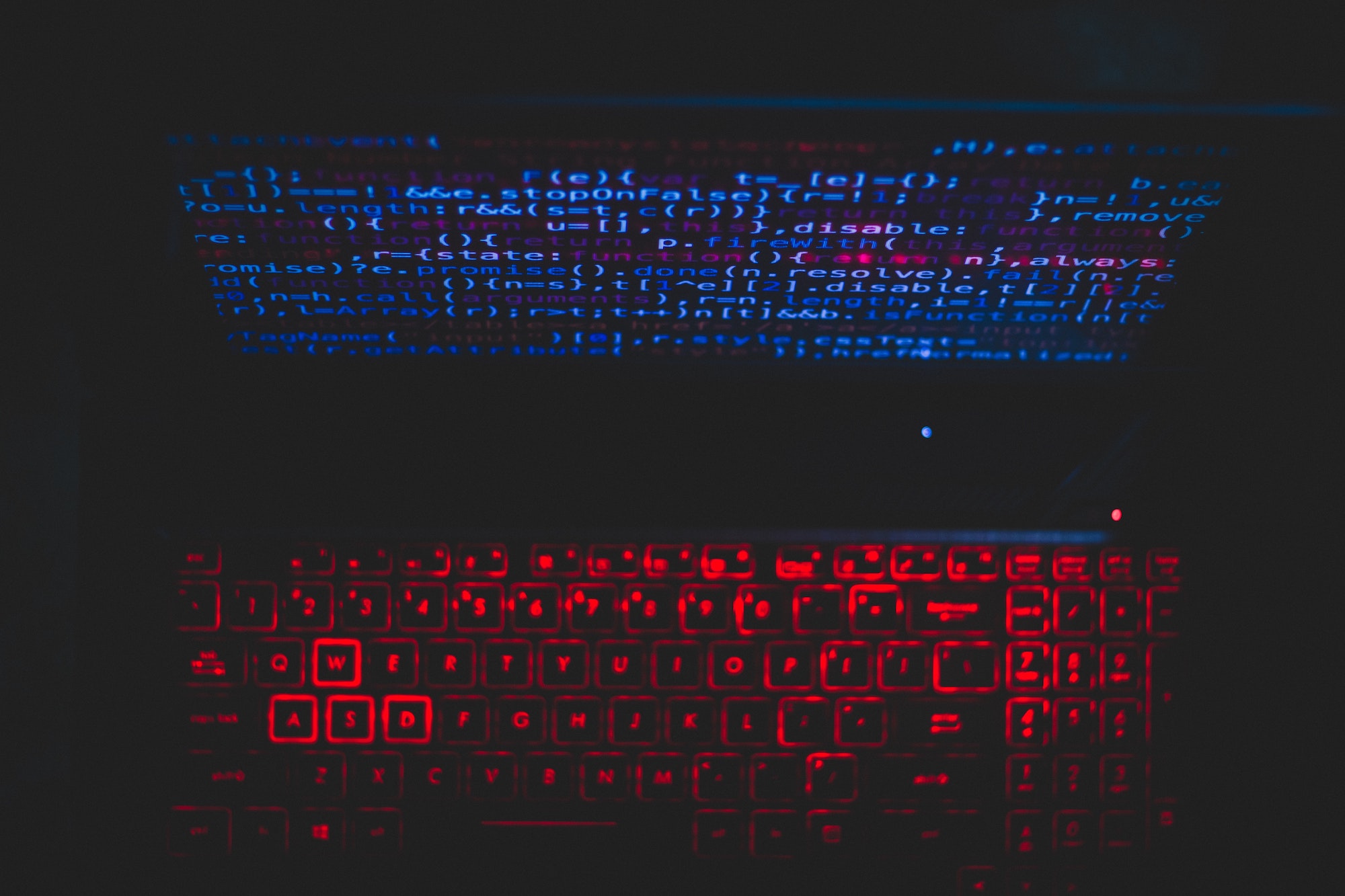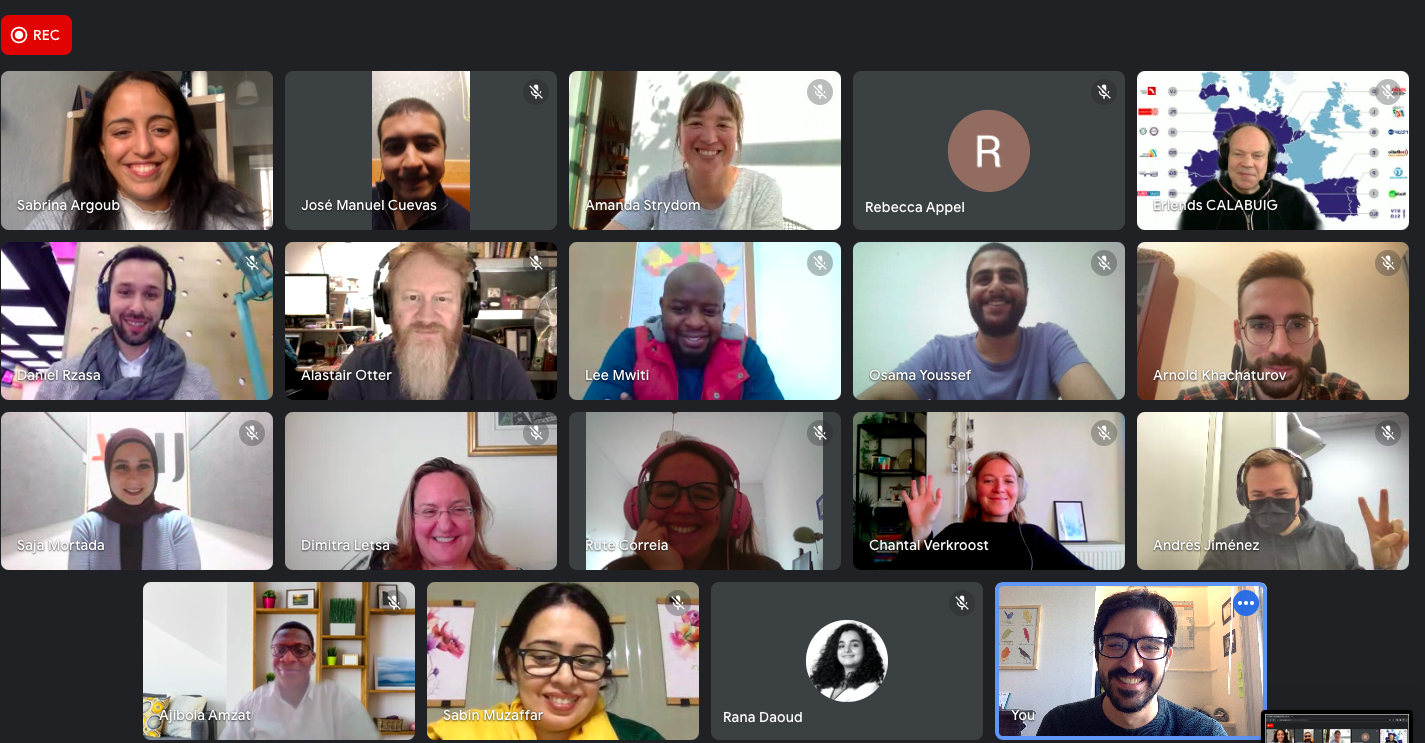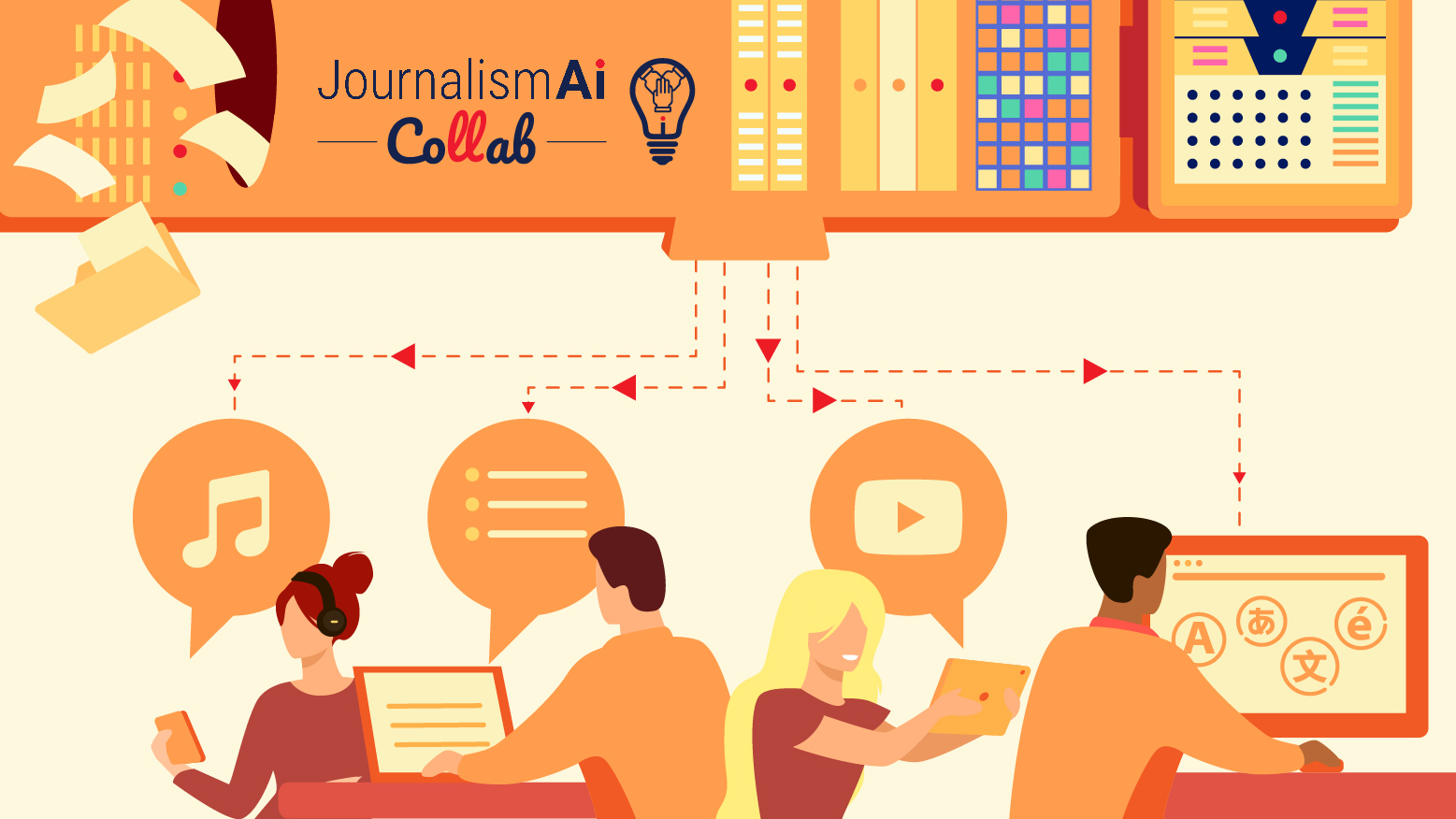The current crossroad of journalism in the face of Artificial Intelligence generates a certain deja vu. Perhaps the scenario from which we can learn the most is the emergence of journalism in the first years of the World Wide Web. What if we were facing a situation comparable to the early 90s? What if we had the opportunity to learn from the mistakes, and of course, the successes that took place?
The popularisation of the internet soon led to the generation of digital media and journalists, and widespread change in the profession. In that germinal crossroads between the web and journalism, the seed of different gaps was sown that still exist, transform, and, on occasion, widen. We are talking about cracks between professionals and organisations that have understood, embraced, or taken advantage of the digital ecosystem, not always linked to technology, but also to its social consequences. Perhaps we are living a key moment to contain, direct, or even take advantage of the new gaps that the impact of AI on journalism is now carving out if the media, professionals, and institutions like the university work in the same direction.
From digital to neural networks
It is impossible to know yet the economic and social impact of AI. For now, there are barely any data beyond specific cases, such as the possible replacement of 8,000 IBM workers by automated systems. There could also be layoffs in the journalistic sector, such as the 200 jobs that Axel Springer could cut due to automation, which has agitated the debate on the substitution. Almost certainly, other factors are still at play here. Because for now, macroeconomic data seems to indicate that predictions of an imminent revolution in the economy due to AI are overstated.
It is possible to have a slightly more reliable perspective, although still in process and controversial, on what the internet has meant for society and journalism. From that experience, three key ideas can be highlighted:
- Agility. Those who were ahead had an advantage. Many of the early digital media no longer exist, but many of their promoters continue to lead the transformation. Many other digital natives have consolidated and others continue to emerge. In Spain, for example, we have the case of Ac2ality, a project launched by four young people that became the second-most popular European news initiative on TikTok.
- Strategy. Perhaps even more important than speed has always been the depth of medium and long-term decisions. For example, The New York Times Innovation Report, which in 2014 laid the foundations for a path that has already led it to approach 10 million subscribers.
- Adaptation. At the core of the previous issues is probably the fundamental one: the ability to detect trends, lose the fear of change, to carry out not too expensive tests and be willing to assume the consequences of risky decisions.
Will these premises serve for what AI has in store for us? First, we must contemplate the great differences between both phenomena. The internet and the web touched one of the cores of journalism: distribution. Communication networks, which soon became social, disrupted journalistic formats. The depth of these changes and the feedback with other multiple sectors also produced transformative effects in other areas of innovation: production, for example, with the handling of large volumes of data; organisation, with remote and collaborative work, and commercialisation, with new subscription models.
 AI seems to be more directed, in principle, towards production. Neural networks, which had been brewing for years in very diverse areas, have become popular thanks to the boost of generative AI. But it is already evident that it will affect other areas. Chatbots or virtual assistants could replace or significantly influence the main distribution platforms. Automation is already transforming how we organise our individual and team work. And, personalisation could be one of the new business opportunities.
AI seems to be more directed, in principle, towards production. Neural networks, which had been brewing for years in very diverse areas, have become popular thanks to the boost of generative AI. But it is already evident that it will affect other areas. Chatbots or virtual assistants could replace or significantly influence the main distribution platforms. Automation is already transforming how we organise our individual and team work. And, personalisation could be one of the new business opportunities.
Another key factor must be taken into account in these differences: AI is expanding largely thanks to the prior consolidation of the Internet. Actually, the feedback between different technologies is not new. For the development of the web, for example, other parallel developments such as computers or digital photography were essential. So we cannot ignore the current information overdose to which we are exposed at this moment of AI explosion.
And if we talk about feedback, it is necessary to underline how AI affects programming. That will accelerate it even more. It already happened before with the web: creators also consumed and took advantage of the peculiarities of the network. Those who use AI, especially at the beginning, can be more effective and have time for other tasks. That will allow, for example, reinvesting resources to generate virtuous -and maybe vicious- circles.

An unavoidable decision
We do not know the weight of its implications or how it will evolve, but it is clear that AI is not a passing or superficial phenomenon. Projects are still being developed from within the media, especially in collaboration with technology companies, and a big number of initiatives such as JournalismAI. Every day new tools, now almost all based on AI, generate both expectation and anxiety. And perhaps even more relevant is the incorporation of this technology into such established resources as word processors or image editors.
There are already media and journalists who stand out for embracing this technology, leading innovative initiatives, and, of course, also leading messages and rejection strategies. But resistance to using AI will soon be as radical as that of the photographer who never uses a smartphone or the reporter who does not use any social network. The integration of AI into such everyday and transversal tasks as writing emails, editing documents or graphic design is already a reality, and everything points to it increasing.
AI in journalism implies possible benefits, especially if the time saved on mechanical tasks is reinvested in more creative and perhaps more intermediate phases of production, such as transcription. It also implies costs, especially valuable resources such as time for training or the definition of dynamics and strategies, although also an investment in the hiring of software that will surely become more expensive.
Perhaps the most common -and also necessary- thing is to think about its dangers. Some will be intangible, such as the transfer of data and content often without consideration, something that media and tech companies are negotiating. There is a fear of precariousness of some jobs, dismissals of those who fail to adapt, and conflicts due to very rapid changes in environments as complex as a newsroom. Although it seems that crucial threats such as social ruin, the destruction of all jobs, or the end of humanity are unlikely, the fear persists.
It is normal to be afraid of making mistakes. We must not rush or let ourselves be carried away. But what will surely be a mistake is inaction. Not acting is already a choice. Because if we ignore this reality, other professionals will come, alone or organized in various projects, to take advantage of new opportunities and cover renewed needs. That is why we must act: think, talk, experiment -with caution-, establish principles. Because current decisions can mark the immediate future of the industry and any professional.
And if AI is not employed, it may be wise to make it clear and boast about it. Differentiation, for example, with “made only by humans” contents, will be an option. Long-form content and formats such as paper have always been an effective way to stand out, in some cases, in the current digital environment.

A challenge for companies, journalists, and universities
Many journalistic organisations seem to have understood and taken action. Media outlets from around the world have already published their principles on the use of AI. After the initial progress of groups such as Heidi, since May, manifestos such as those from Wired, USA Today, Axios, The Jordan Times, and recently The Guardian and Politifact have been disseminated. In addition, notes have been circulated from executives to newsrooms in The Washington Post, The New York Times, Reuters, and Financial Times. Various guidelines on the use of AI have also recently been published by initiatives such as Sifted, an international community of journalistic startups supported by the Financial Times; the News Media Alliance, a group of nearly 2,000 publications in the United States, or the Pulitzer Center.
Changes are also taking place in the profiles of professionals. Perhaps the most evident is the creation of the AI Editor at the Financial Times. Almost half of the hundred media outlets surveyed by the World Association of News Publishers claim to be using tools such as ChatGPT.
There are already some websites in which all or a significant part of the content is generated with AI. Most of them are still quite amateurish and don’t seem to attract more than a few clicks. But what if they soon evolve into higher quality and social relevance? Again, the comparison with those primitive digital media is easy, of which there are still vestiges. Perhaps it is better not to wait for that situation to repeat itself. Maybe journalists and media should take a step forward to become AI journalists and AI media.
But we must continue down this path and go further. In addition to media outlets, journalists, collectively and individually, must face this situation. It is necessary to reflect, inform oneself, speak up, train, make strategic and immediate decisions. Because if not, others will do it. And the gap already initiated with digitisation will deepen, but it can continue to widen. Undoubtedly, this is an extremely complex phenomenon, on par with what was experienced with the rise of the web, and in which from academia, now in my case in collaboration with the LSE, we will also continue to make progress.
This article was written by Felix Arias Robles.
JournalismAI is a global initiative of Polis and it’s supported by the Google News Initiative. Our mission is to empower news organisations to use artificial intelligence responsibly.






